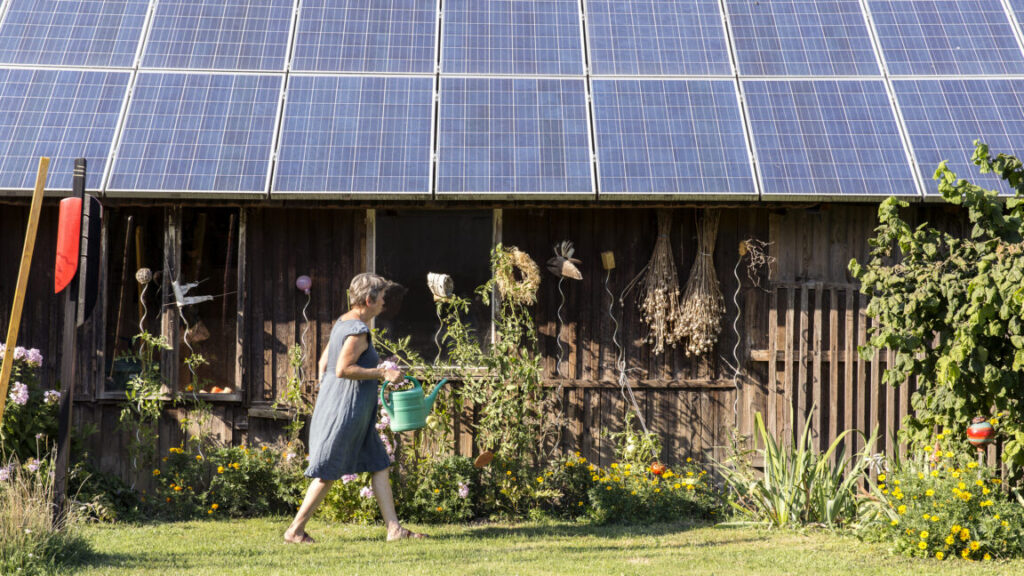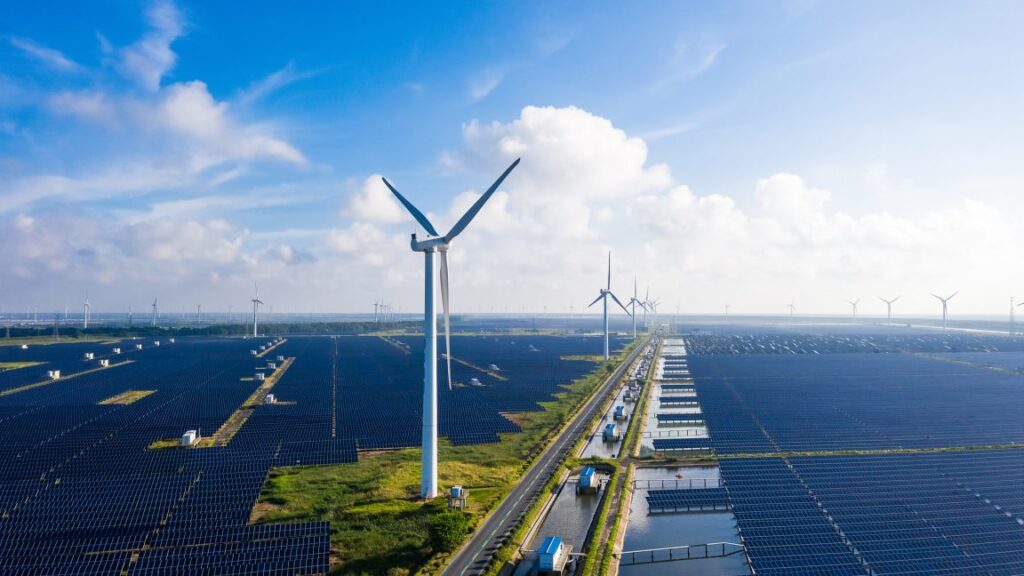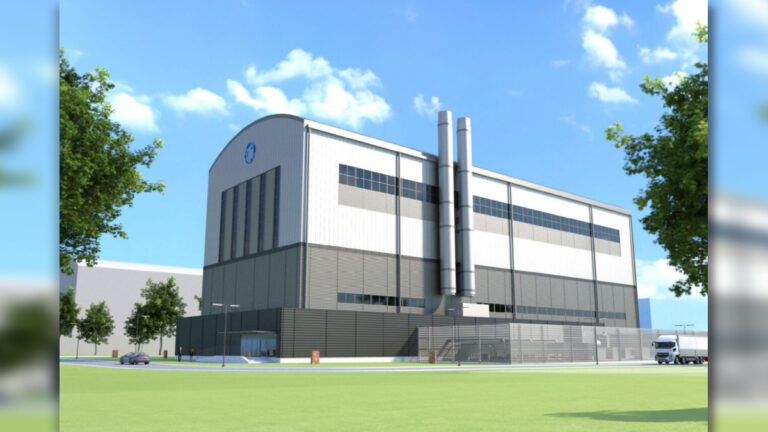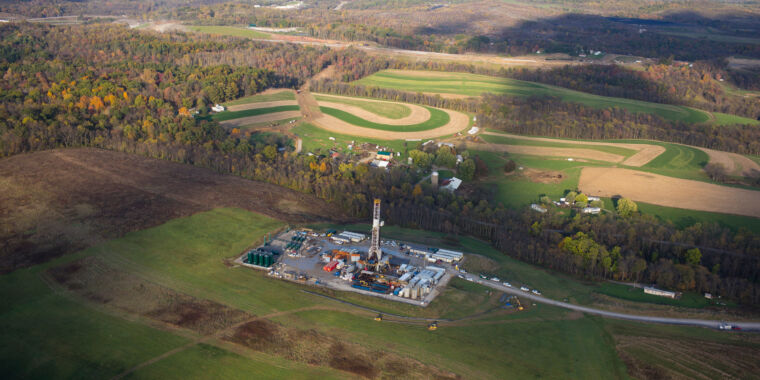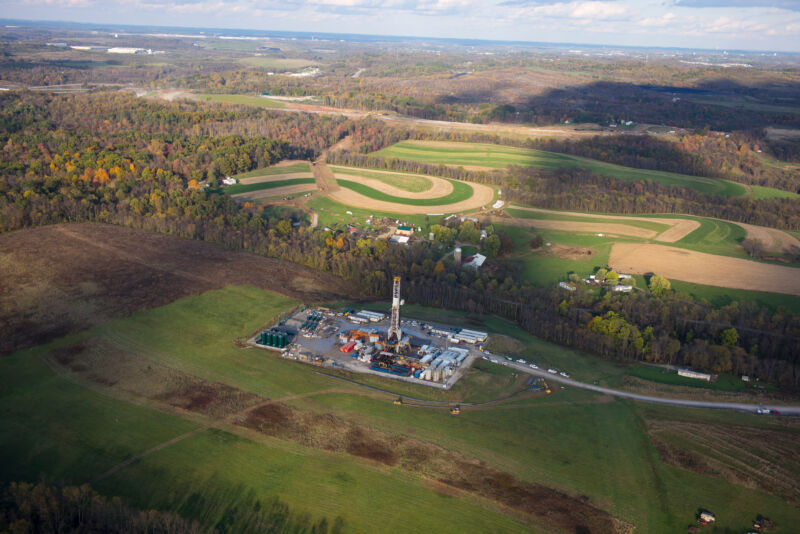Trump’s EPA sued for axing $7 billion solar energy program
The Environmental Protection Agency was sued Wednesday over an allegedly politically motivated decision to end a program that Congress intended to help low-income and disadvantaged communities across the US save money on electricity bills through rooftop and community solar programs.
In their complaint, a group of plaintiffs who would have benefited from the EPA’s “Solar for All” program—including a labor union, several businesses, and a homeowner who cannot afford her electricity bills without it—accused the EPA of violating federal law and the Constitution by unlawfully terminating the program.
Solar for All was “expected to save an estimated $350 million annually on energy bills during and after the five-year program, providing energy bill relief for more than 900,000 low-income and disadvantaged households,” plaintiffs noted. Additionally, it was “expected to secure 4,000 megawatts of new solar energy over five years and generate 200,000 new jobs.”
According to plaintiffs, EPA Administrator Lee Zeldin illegally squashed the program after Congress repealed a statute in July that had sparked the program’s creation. However, lawmakers were clear when repealing the statute that only “unobligated” funds could be rescinded, plaintiffs argued, citing lawmakers who “repeatedly” stated that the repeal would not impact funding that had already been awarded.
In 2024, Congress obligated the EPA to award $7 billion in grants to recipients behind projects that would have created “hundreds of thousands of good-paying, high-quality jobs” and spared the average low-income family “about $400 each year on their electricity bills,” plaintiffs argued.
Allegedly Zeldin “arbitrarily” decided to ignore the “plain language” of the statute, plaintiffs alleged, waiting a month after the statute’s repeal to terminate the Solar for All program in August.
Plaintiffs noted that because Zeldin was distributing funds for weeks after the statute’s repeal, this indicated he understood the funding had not been rescinded. They accused Donald Trump’s EPA of violating the separation of powers by interfering to block congressionally awarded funds due to Trump’s disdain for solar energy—pointing to a Zeldin social media post that claimed that the “EPA no longer has the authority to administer the program or the appropriated funds to keep this boondoggle alive.”
Trump’s EPA sued for axing $7 billion solar energy program Read More »
